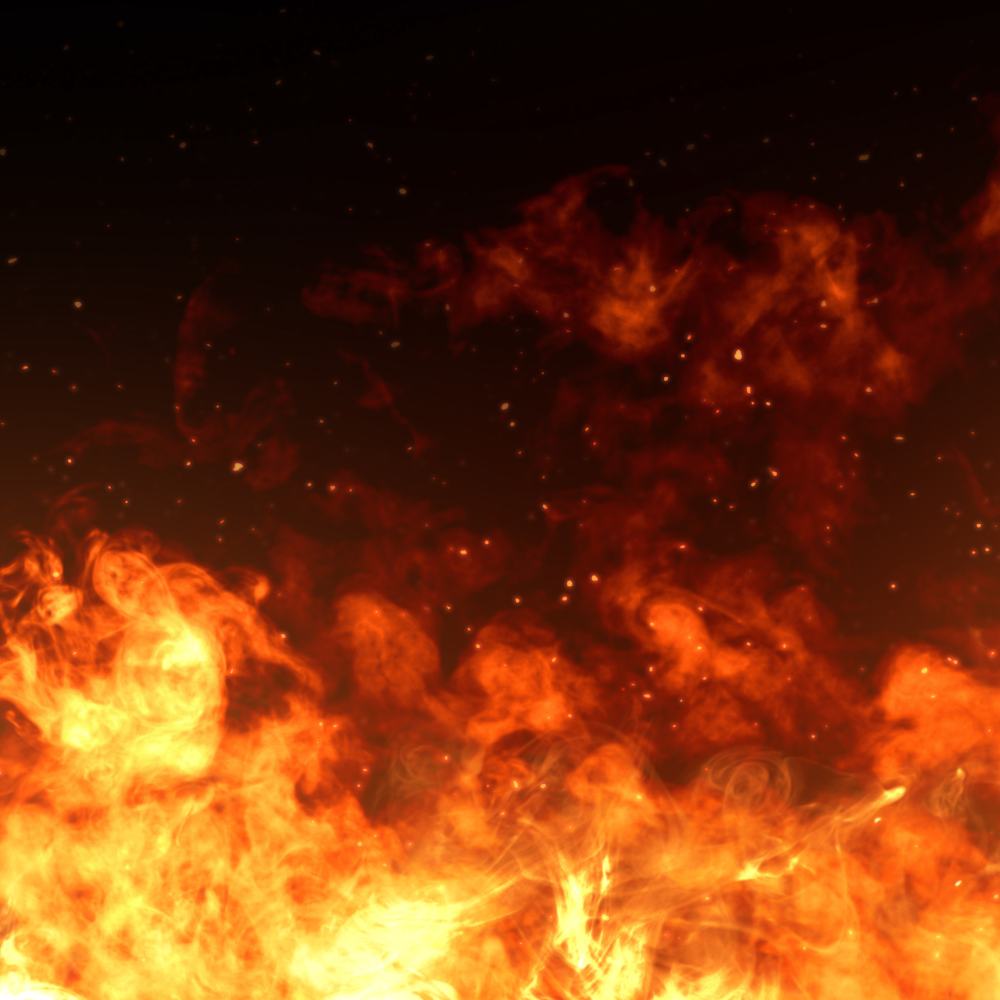The sun peeks over the snow-capped peaks of the Japanese Alps, casting an ethereal glow on the shattered landscape below. It's been just over 24 hours since a powerful 7.6-magnitude earthquake rocked western Japan, leaving a trail of destruction and heartbreak in its wake.
A series of aftershocks and tsunami waves were caused by the epicentre, which was located off the coast of Ishikawa Prefecture. These waves caused coastal towns to be subjected to significant damage.
There was a flurry of activity in the first few hours, including frantic evacuations, buildings that collapsed, and a desperate hunt for people who had survived. Rescue crews, both professional and volunteer, braved the frigid temperatures and dangerous terrain in order to reach people who were buried behind debris.
Families were torn apart, belongings were spread like leaves in the wind, and there was a constant fear of another earthquake. These scenes were heartbreaking.
There have been hundreds of further injuries, and the official death toll currently stands at thirty. As rescue attempts continue, many people are still missing, and it is unknown what will happen to them.
The waves that reached up to five metres in height were felt most strongly in the scenic seaside villages of Himi and Nanao, which were targeted by the tsunami. The homes were swept away, fishing boats were thrown around like toys, and the towns that were once thriving along the coast were reduced to a patchwork of broken wood and aspirations that will never come true.
The earthquake has not only caused immediate physical harm, but it has also left lasting emotional wounds upon survivors. People who survived the earthquake struggle with the loss of loved ones, the destruction of their livelihoods, and the ongoing fear caused by aftershocks.
Long-term assistance and recovery are going to be necessary because the trauma caused by the incident will continue to linger for years to come.
But amidst the devastation, there are also glimmers of hope and resilience. The Japanese people, known for their stoicism and collective spirit, have come together in the face of adversity.
Volunteers flood evacuation shelters, offering food, clothing, and words of comfort. Local businesses donate supplies, and communities band together to clear debris and rebuild their lives.
The Japanese government has pledged full support for the recovery effort, deploying troops and emergency personnel to the affected areas. Prime Minister Fumio Kishida has vowed to rebuild "stronger than before," and the nation's history of overcoming natural disasters gives them the strength to believe in a brighter future.
The road to recovery will be long and arduous. Rebuilding infrastructure, reviving local economies, and healing the emotional wounds will take time and resources. The international community has stepped forward, offering aid and support to assist Japan in its rebuilding efforts.
As the sun sets on the first day after the earthquake, a sense of quiet determination hangs in the air.
The people of Ishikawa Prefecture face an uncertain future, but they do so with the unwavering spirit of a nation that has weathered countless storms before. The earthquake may have tested their resolve, but it has also revealed their incredible strength and resilience. Japan will rebuild, stronger than ever, and their story of courage and hope will serve as an inspiration to the world.



